Eyewear in virtual reality has come a long way in recent years, with rapid advancements taking place to enhance the user experience and alleviate some of the discomfort associated with extended use. From improved design and ergonomics to sharper displays and better tracking, the latest developments in VR eyewear are truly transforming the way we interact with the virtual world.
One significant development in VR eyewear is the introduction of sleeker, more stylish designs. Initially, bulky and cumbersome headsets dominated the market, causing discomfort and restricting movement. However, manufacturers have recognized the importance of aesthetics and comfort, resulting in the production of lightweight and streamlined models. This not only improves the user’s experience but also makes VR more accessible to a wider range of individuals.
One of the most common issues with early VR eyewear was the screen door effect, where users could see the individual pixels that made up the display. However, the latest developments have focused on reducing this effect through advancements in display technology. High-resolution displays with pixel densities offering better image quality and clarity have been introduced, allowing users to feel more immersed in the VR environment.
Another significant development is improved tracking systems that contribute to a more seamless and realistic experience. Early VR systems struggled with accurately capturing the movements of the user’s head and hands, leading to motion sickness and laggy interactions. However, eye and hand tracking technologies have made significant advances. Eye tracking enables more realistic interactions by tracking the user’s gaze, allowing for dynamic changes in the virtual environment based on where the user is looking. Hand tracking, on the other hand, allows users to interact with virtual objects naturally, without the need for handheld controllers. These advancements in tracking technology significantly enhance the immersion and overall experience of VR.
Comfort is paramount when it comes to extended use of VR eyewear, and the latest developments have addressed this issue. Soft and breathable materials have replaced hard plastic, providing a more comfortable fit. Adjustable straps and cushioning around the eyepiece ensure that users can wear the eyewear for extended periods without feeling discomfort. Additionally, improvements in ventilation systems prevent overheating, a common issue previously associated with VR eyewear.
The latest developments also incorporate prescription lens options, catering to individuals with vision impairments. This means that those requiring glasses no longer have to wear them while using VR, as the eyewear can be tailored to their prescription. This not only enhances the visual experience but also contributes to the overall comfort of VR use.
In conclusion, the latest developments in eyewear for virtual reality have revolutionized the VR experience. Sleeker designs, improved display technology, better tracking systems, enhanced comfort features, and prescription lens options have transformed the way users interact with the virtual world. As advancements in VR technology continue, we can expect even more exciting changes that will further enhance the immersion and realism of the VR experience.
